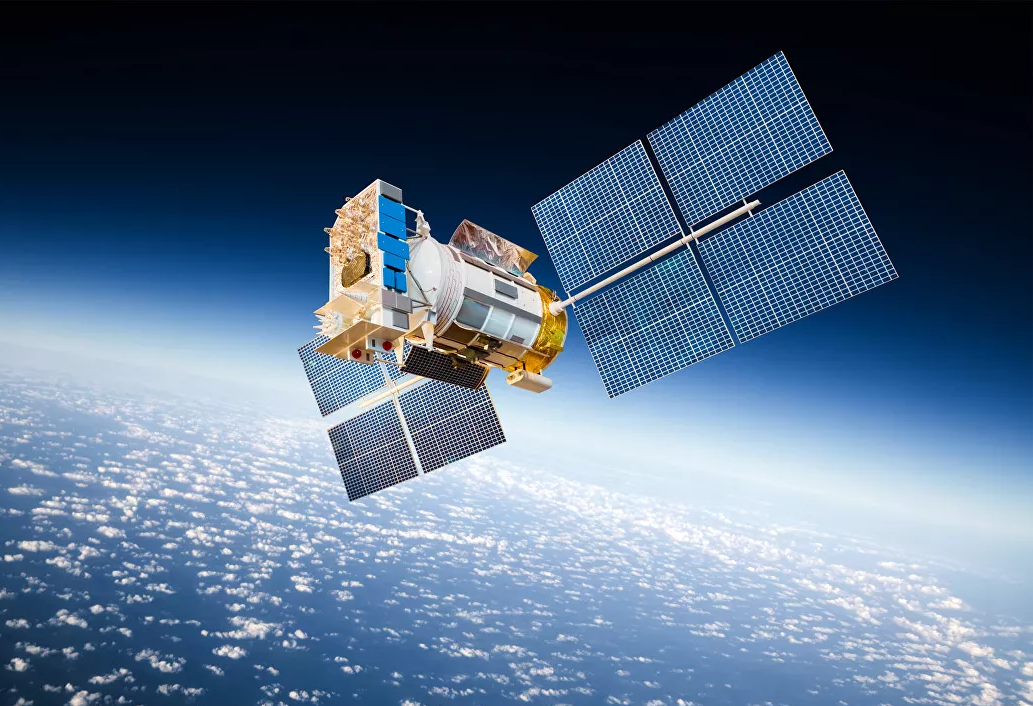
Mr. Hung said the satellite launch aims to ensure national security and VNPT is assigned to implement the plan, promising that his ministry will create the most favorable conditions for VNPT to fulfill the task.
A representative of ARFM told VietNamNet that the new satellite will use the old waveband, so there is no need to reserve frequency bands for the new satellites to be launched in the time to come.
On April 19, 2008, Vinasat-1 was launched into orbit, affirming Vietnam’s satellite spatial sovereignty. The satellite was manufactured by Lockheed Martin (the US) and launched into orbit with an Ariane-5 carrier rocket (France). The orbital position was 132oE (132 degrees east).
The satellite weighed 2.8 tons and had an operating life of 15 years. The operating frequency band was extended C band and Ku band with large coverage areas, including Vietnam, Southeast Asia, East China, India, North Korea, Japan, Australia and Hawaii.
Vinasat-1 had total investment capital of about $300 million with expiration in 2023. At the time of launch, VNPT planned to take back the investment capital after 10 years of operation.
On May 16, 2012, Vinasat-2 was launched into orbit. Vinasat-2, worth $260 million, had a bigger capacity and weight, and more transponders, with a larger bandwidth capacity.
Vinasat-1 was designed with 20 active transponders, including eight extended C-band sets, 12 Ku-band sets, with a bandwidth of 36MHz/set, and eight backup transponders (4 sets Ku band, 4 extended C band sets).
Vinasat-2 has 30 Ku band transponders (24 for commercial operation and 6 backup sets).
Vinasat-2 has four transponders more than Vinasat-1, equal to 20 percent of Vinasat-1 capacity. While Vinasat-1 had Ku-band coverage in Vietnam, Laos, Cambodia and Thailand, and a part of Myanmar, Vinasat-2 had larger coverage, including part of Malaysia and Myanmar.
Vinasat-2 is expected to have a life expectancy of 21.3 years.
An expert said though Vinasat-1 has expired, its real operation time may last five more years. However, preparing to launch a new satellite is a necessity as it is not clear when the satellite will stop operating.
After successfully launching Vinasat-1 and Vinasat-2, Vietnam became the seventh country in ASEAN marking its satellite spatial sovereignty. Vietnam’s telecommunication system has become sufficient with radio information, wired information, terrestrial information, sea surface information and telecommunications satellites.
Thai Khang